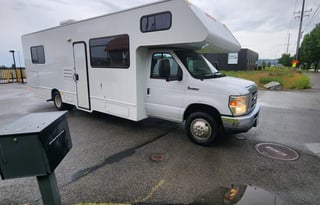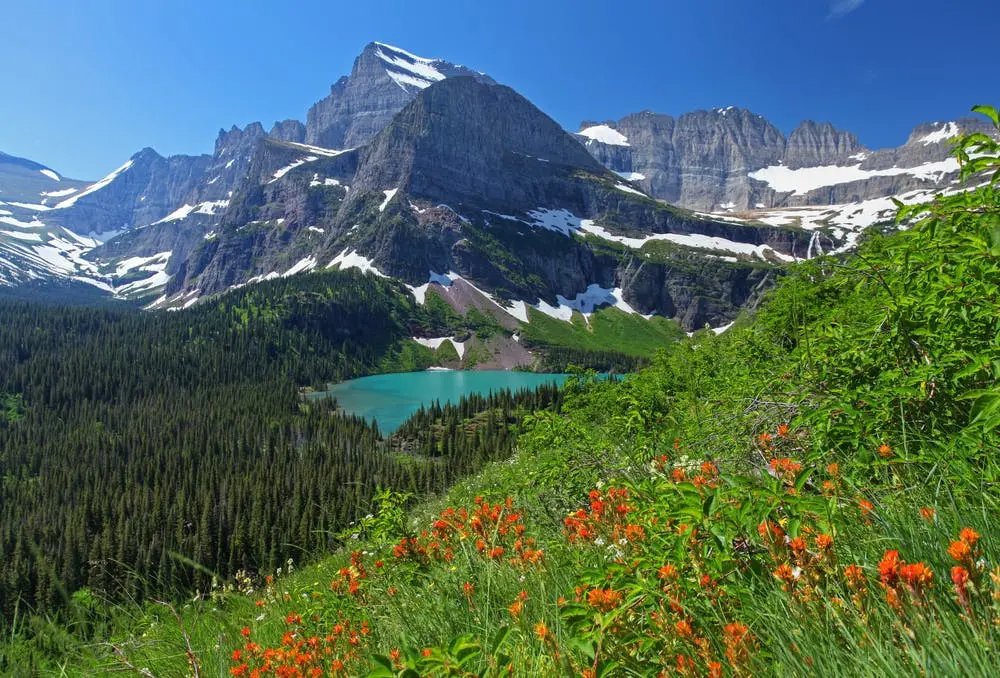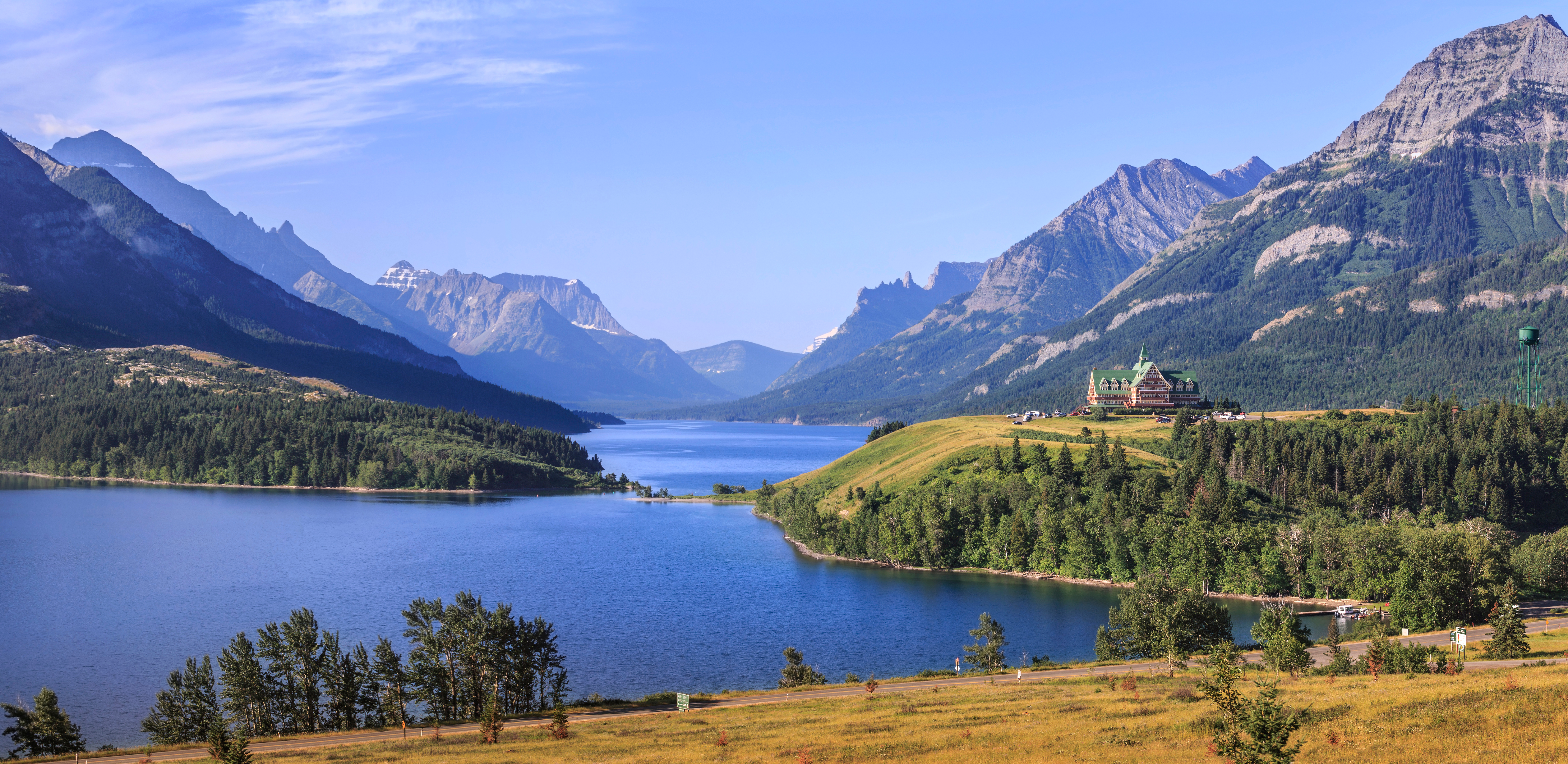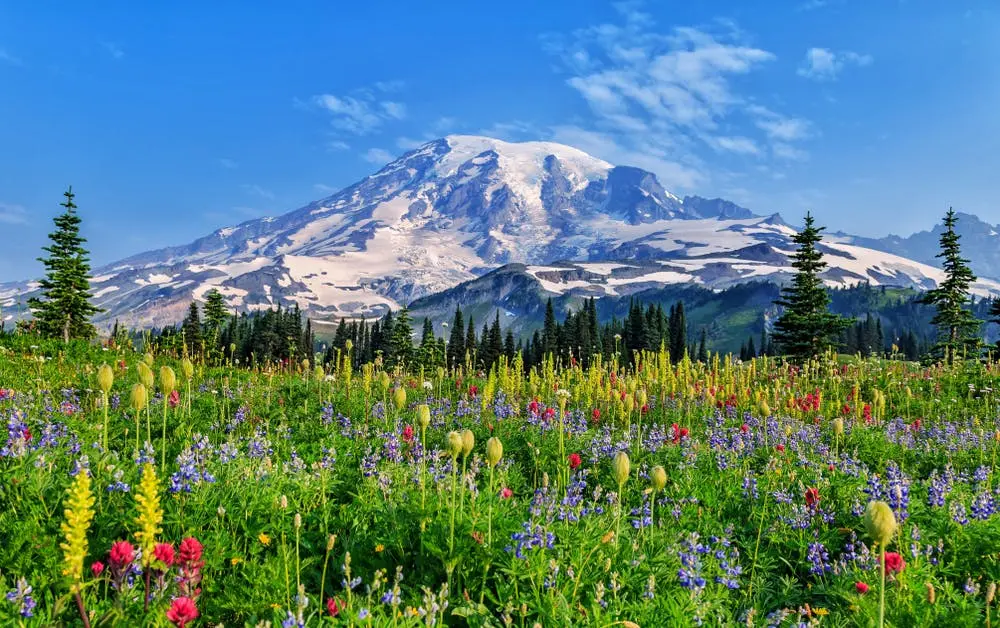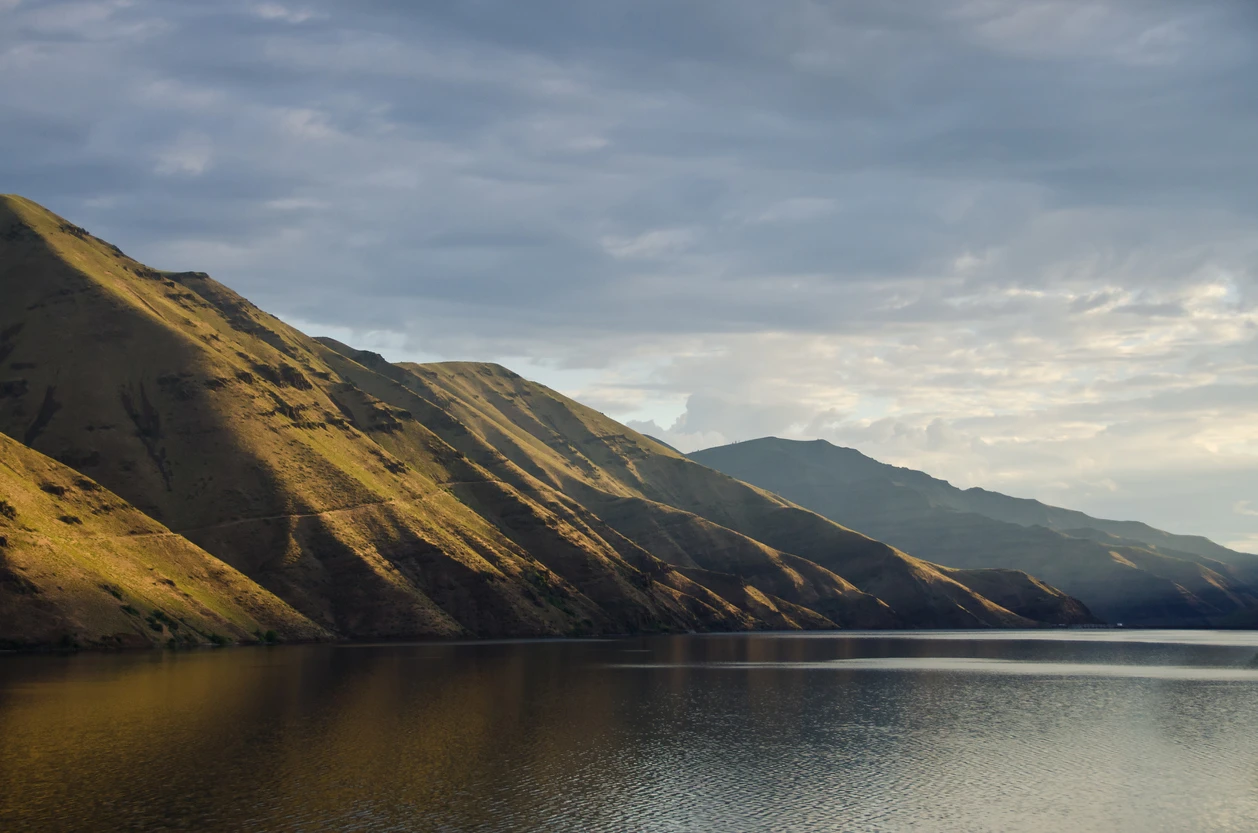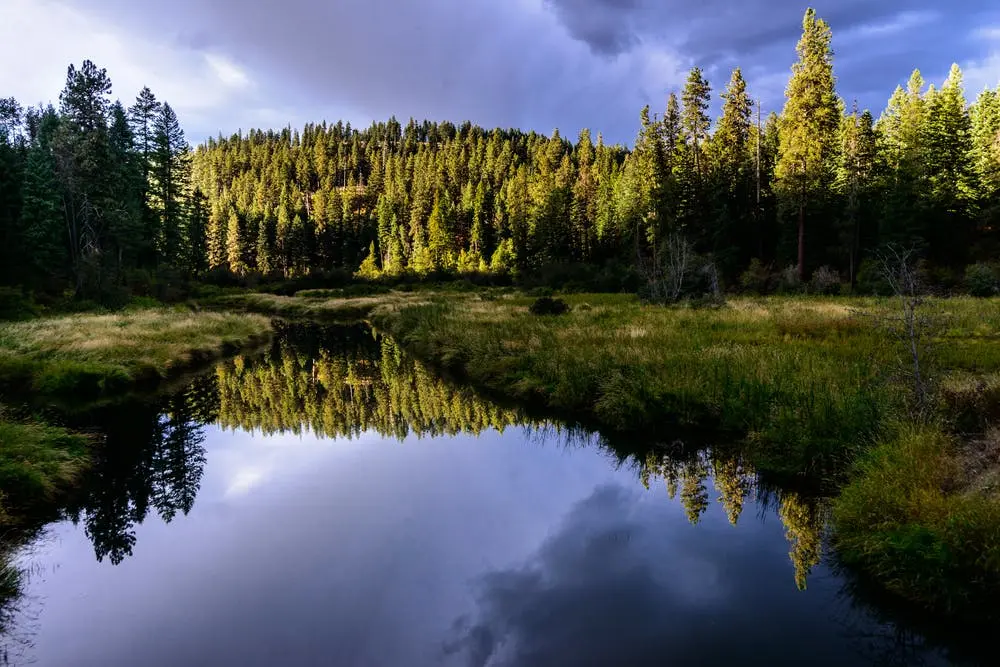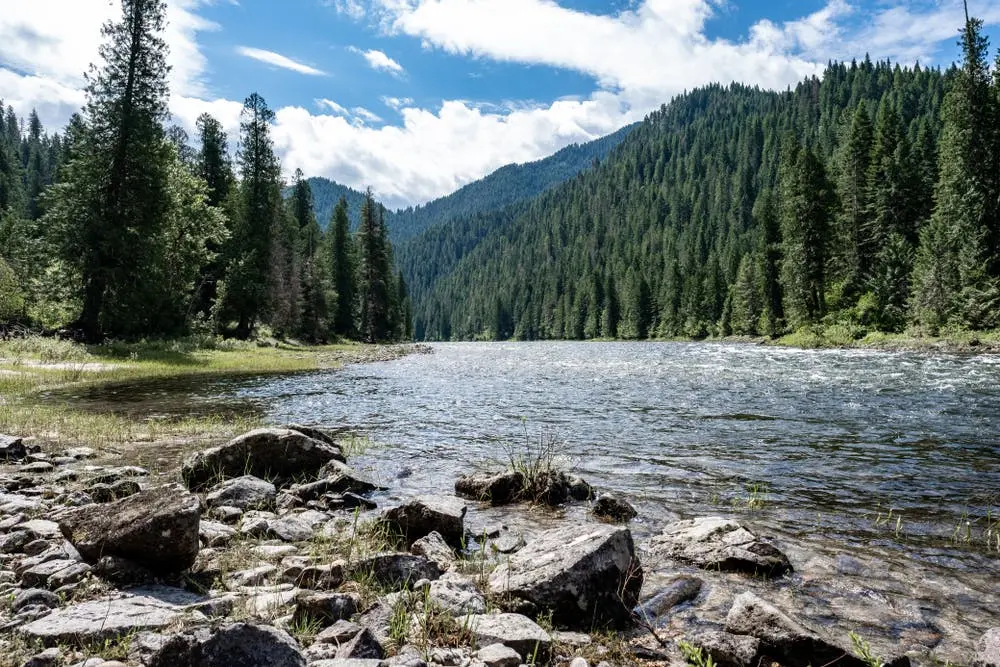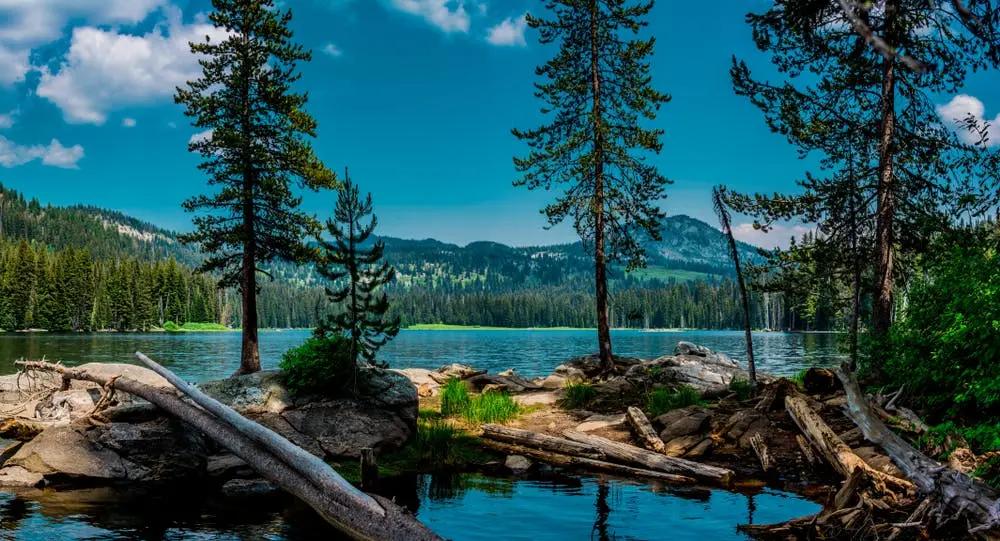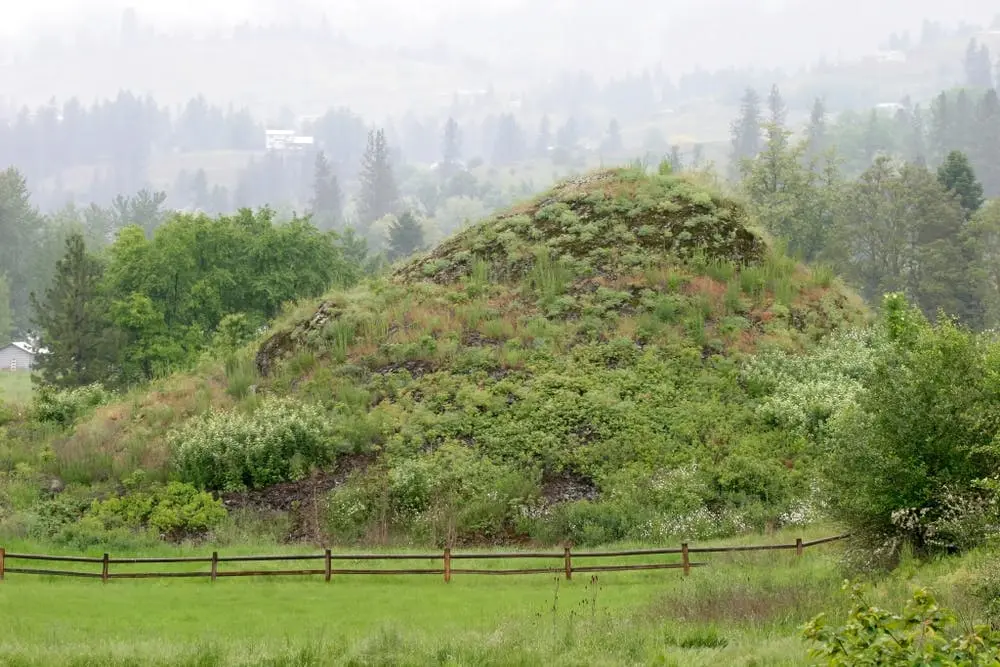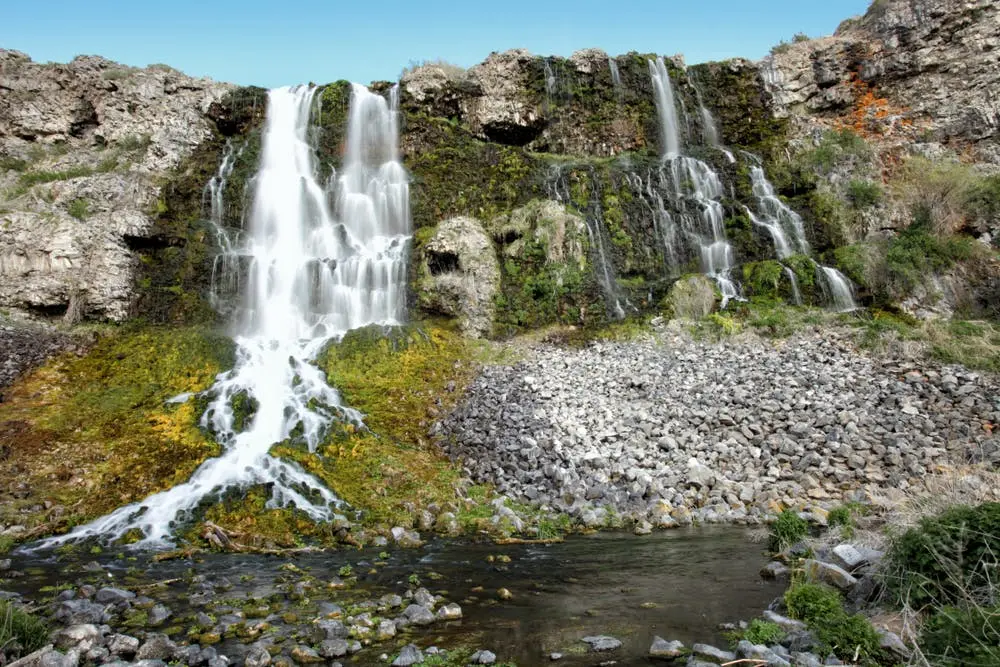


Browse motorhome by RV Class in Lewiston, ID
Browse towable by RV Class in Lewiston, ID
Fifth Wheel
Attaches to a tow vehicle via a gooseneck extension in the truck bedView all Fifth Wheel rentals in Lewiston
Travel Trailer
Trailer options exist for every kind of SUV or pickup tow vehicleView all Travel Trailer rentals in Lewiston
Popup
Can be towed by ordinary passenger vehiclesView all Popup rentals in Lewiston
Toy Hauler
Can be towed by many SUV or pickup tow vehiclesView all Toy Hauler rentals in Lewiston
Popular RV Searches in Lewiston, ID
Cheap
Under $100 per nightView all Cheap rentals in Lewiston
Affordable
$100 - $250 per nightView all Affordable rentals in Lewiston
Luxury
Above $250 per nightView all Luxury rentals in Lewiston
Delivery
Owners that deliverView all Delivery rentals in Lewiston
Pet Friendly
Bring your furry friendView all Pet Friendly rentals in Lewiston
Best National Parks Near Lewiston, ID
Montana's Glacier National Park is a gorgeous natural area nicknamed "The Crown of the Continent." The park, which is located near the Canadian border, comprises over one million acres of crystal-clear lakes, snow-capped mountains, and scenic nature trails. The area is inhabited by over 1,000 species of flora and fauna, including cool wildlife such as mountain lions, grizzly bears, black bears, bats, and bighorn sheep. There are lots of scheduled activities and events for guests, such as boat tours, guided hikes, and star parties. If you'd rather explore the park on your own, you could go hiking or mountain biking on the many trails, do some fly fishing in the streams and lakes, or partake in exciting activities like rock climbing and skiing.
Mount Rainier National Park is located in western Washington, only about an hour from Seattle, WA. The park's namesake peak is an active volcano that towers majestically over the area at 14,410 feet high. There are also peaceful lakes, mountain streams, tranquil forests, and colorful wildflowers in the area. During your visit, you can explore the expansive system of hiking trails, go skiing at the Crystal Mountain ski resort, or, if you have a permit and a guide, attempt to climb to the summit of Mount Rainier. If you're able to climb the massive volcano, you'll be rewarded with unforgettable views of the beautiful region below.
If you travel northwest of Lewiston to the area near the Washington-Canada border, you can visit the breathtaking North Cascades National Park. The picturesque area is home to many impressive natural features. There are over 300 glaciers in the park, which account for a sizable percentage of all the glaciers in the continental United States. If you have a backcountry permit, you'll have the opportunity to see some of these glaciers close up. There are also the jagged Cascade Mountains and some of the most beautiful lakes in the country. Visitors can hike the area's nature trails, enjoy some angling or kayaking in the streams and lakes, and observe local wildlife such as gray wolves, black bears, and mountain goats.
National Forests Near Lewiston, ID
RV Rentals Near Lewiston, ID
Frequently Asked Questions About Renting a Class C RV Near Lewiston, ID
How do I properly navigate and park a Class C motorhome rental in urban areas or tight spaces in Lewiston, ID?
When navigating and parking a Class C motorhome rental in urban areas or tight spaces, it's important to take your time and plan your route beforehand. Familiarize yourself with the dimensions of the motorhome and the height and width restrictions of the roads you'll be traveling on. When it comes to parking, look for designated spots or parking garages that can accommodate the size of your RV. Always pay attention to signage and be aware of any towing restrictions in the area.
Do I need to know any weight or height restrictions when driving a Class C motorhome rental in Lewiston, ID?
Yes, it's important to be aware of weight and height restrictions when driving a Class C motorhome rental in Lewiston, ID. Many bridges and overpasses have low clearance levels that may not accommodate the height of your RV. Additionally, be mindful of the weight of your vehicle and ensure that you're not exceeding any weight limits on the roads you're traveling.
How do I properly level and stabilize a Class C RV rental at my campsite or RV park, and what equipment or tools do I need for this?
Discuss your specific campsite with the RV owner to determine if any leveling equipment is necessary. If so, they will walk you through how to set it up safely.
What kind of maintenance or upkeep do I need to perform on a Class C motorhome rental during my rental period?
During your rental period you are not responsible for maintenance. Treat the RV with care and maintain cleanliness during your trip.
Can I bring my bicycles or other outdoor equipment to use with the Class C motorhome rental, and what storage options are available for these items?
Yes, you can bring your bicycles or other outdoor equipment to use with the Class C motorhome rental. Many RVs have storage compartments or racks that can be used to store bikes, kayaks, or other outdoor gear. Check with the RV owner to see what storage options are available and how much weight they can accommodate.
What fuel efficiency considerations do I need to consider when driving a Class C motorhome rental, and how can I minimize the impact on my fuel costs?
Class C motorhome rentals are generally less fuel-efficient than smaller vehicles, so it's important to be mindful of your fuel usage. To minimize fuel costs, try to stick to slower speeds and avoid idling or rapid acceleration. Planning out your route ahead of time can also help you save fuel by avoiding unnecessary detours or backtracking.
Can I bring my entertainment equipment or appliances for the Class C motorhome rental, such as a portable grill or music player?
Yes, you can bring your own entertainment equipment or appliances to use with the Class C motorhome rental. However, be sure to check with the RV owner beforehand to ensure that the RV is equipped with the necessary outlets or connections to use your equipment. Additionally, be aware of any safety hazards, such as using portable grills near the RV, and take appropriate precautions.
Are any particular features or amenities available in Class C motorhome rentals that may not be found in other RVs in Lewiston, ID?
The features and amenities available in Class C motorhome rentals can vary depending on the make and model of the RV. Some common features that may be available in Class C motorhome rentals include kitchenettes, bathrooms with showers, and additional sleeping areas. Check with the RV owner to see what features and amenities are included in their particular rental.
How do I correctly set up and use the kitchen and bathroom facilities in a Class C motorhome rental, and do I need to know any specific maintenance or cleaning considerations?
The RV owner will familiarize you with how to use the facilities. Take note of where the water and electrical hookups are located, and make sure to follow any instructions or guidelines provided by the RV owner. When it comes to cleaning and maintenance, be sure to follow proper procedures for disposing of waste and using cleaning products that won't damage the RV's plumbing or fixtures.
